North-East Germany
Germany has a lot to offer as a holiday destination. It has great cities, varied nature and different regions, each with their own charm. Many road trips take you through the southern part of Germany, but the northeast has a lot to offer too. On this route, we drive through Saxony, Brandenburg, Berlin, Mecklenburg-Vorpommern and Hamburg. You can expect to see some beautiful cities, an intriguing history, enchanting nature parks and Germany's largest island. Along the way, you will discover that the north-east of Germany is also perfect for a beautiful car, motorbike or campervan trip.
Total distance of the route: 1189 km
Leipzig
Our road trip starts in the hip student city of Leipzig. Located in the state of Saxony in eastern Germany, this city was historically an important trading centre. After the foundation of the university in 1409, Leipzig also became the centre of printing. This university town has a more alternative image and is not yet overrun by tourists, but is certainly worth a visit. The combination of historical buildings, the contemporary atmosphere and the cosy terraces make for an enjoyable day in the city. Visit the opera, the new town hall and the Thomaskirche. Do not forget the Völkerschlachtdenkmal. This colossal monument commemorating the Battle of Leipzig is one of the largest war memorials in Europe. Many famous composers have studied, worked and lived in Leipzig. In this musical city, you will not only find the Bach-Museum, but every year several festivals are held with composers such as Bach, Mendelssohn and Wagner in mind.

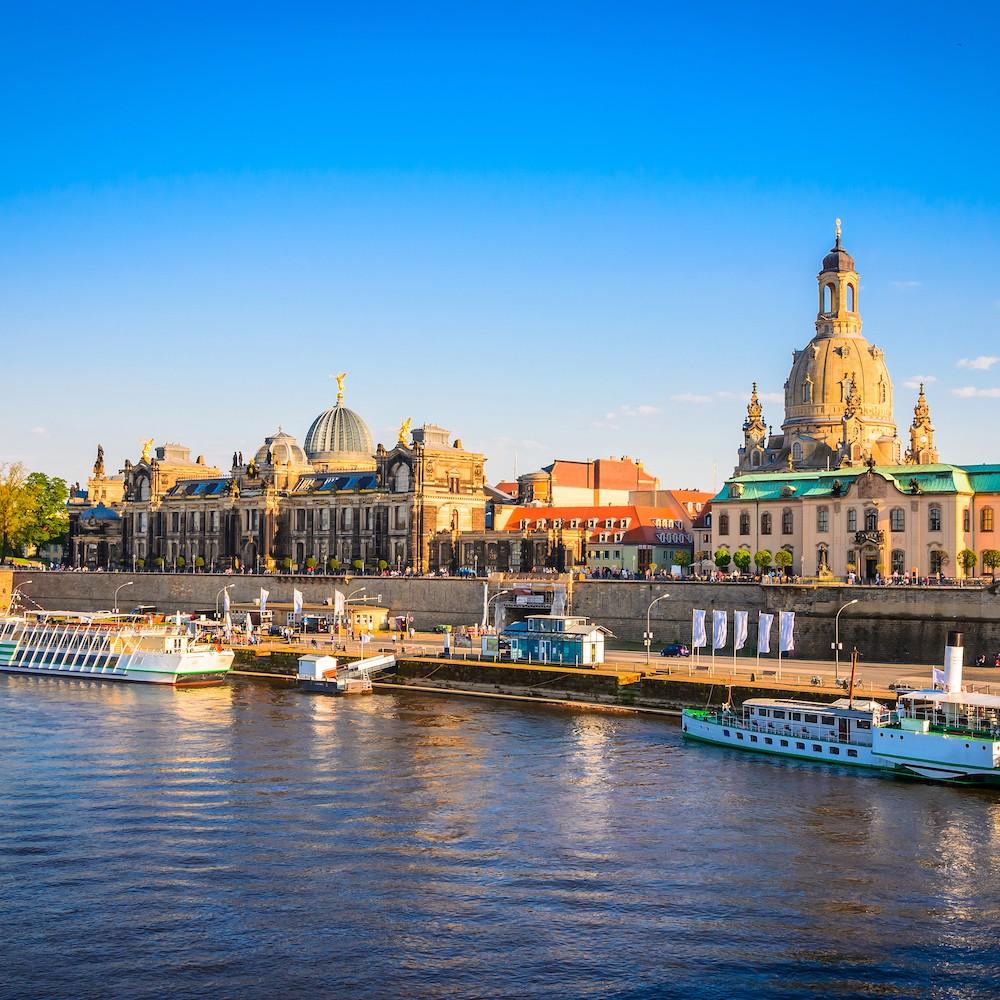
Dresden
At the beginning of the 20th century, Dresden was nicknamed 'Florence on the Elbe'. Known for its magnificent porcelain and beautiful buildings, it was considered the most beautiful city in Germany. During the Second World War, however, this changed dramatically. Because of bombings, the beautiful city was almost wiped off the map. Slowly but surely, Dresden has been revived and in the meantime, many old buildings have been restored. Must sees in Dresden are the Frauenkirche, the life-size porcelain artwork 'Parade of Princes' on the outside wall of the royal palace, the Zwinger Palace and the fountains on the Albertplatz. Besides the many towers, palaces and churches that give the city a magical character, you can take a nice walk along the Elbe. The river runs through the centre of the city and the green meadows along the bank form the green Elbe Valley.
National Park Saxon Switzerland
On the border between Germany and the Czech Republic lies the National Park Saxon Switzerland. On our way through the Czech Republic, we already explored this fairytale-like nature park, but the part in Germany is also worth a visit. Put the car or camper van aside and walk between the steep rock faces that rise like towers above the green valleys. Enjoy the many breathtaking views along the way and be guided by the clear rivers that flow through the misty landscape of rock formations. The most famous landmark is the Bastei rock formation. This tourist attraction is crowded, but the view you get is worth it. A little quieter is the other side of the river, where you can walk and picnic among the rocks and admire experienced mountaineers conquering the rocks.
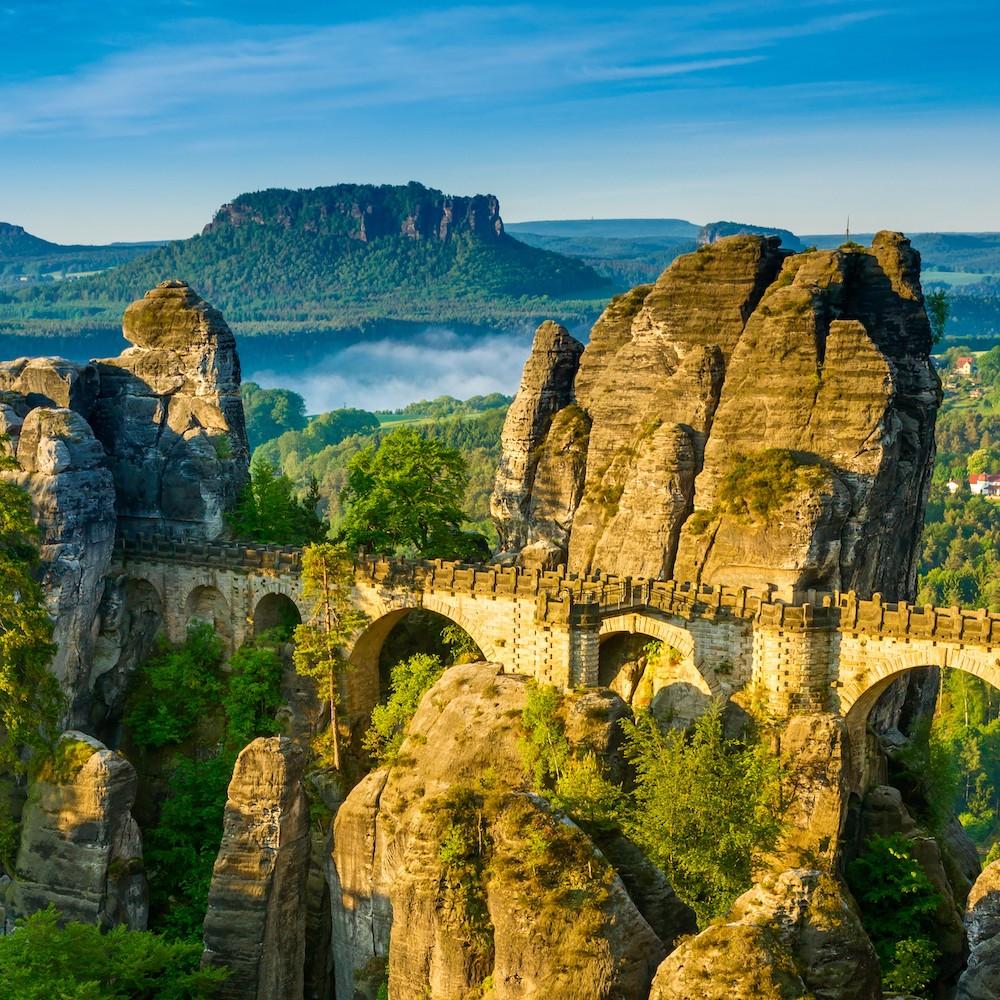
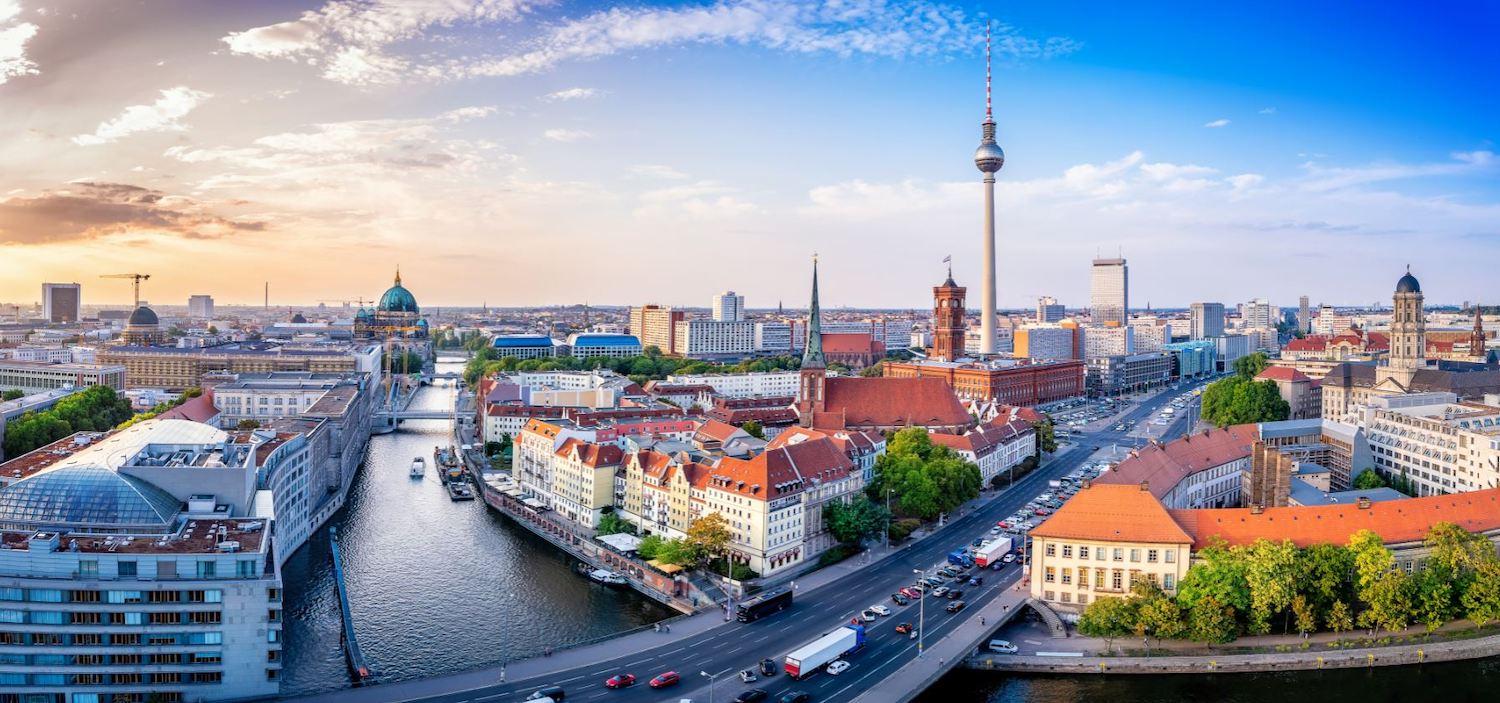
Görlitz
Before driving on to Germany's capital city, we make a stop in Görlitz. Görlitz is the easternmost city in the country and has a lot of history. After the Second World War, the border with Poland was redrawn. This divided the city into a German and a Polish part, with the river Neisse as the natural border. With over 4,000 monuments from different periods, ranging from Renaissance to Art Nouveau, there is a lot to visit. The buildings have been thoroughly restored and give the city its charm. According to experts, Görlitz is one of the most beautiful and best-preserved towns in Germany. And it is not only the visitors who notice this, TV and film makers also like to come here and use the many monuments and beautiful buildings as a backdrop. The town has therefore been nicknamed Görliwood.
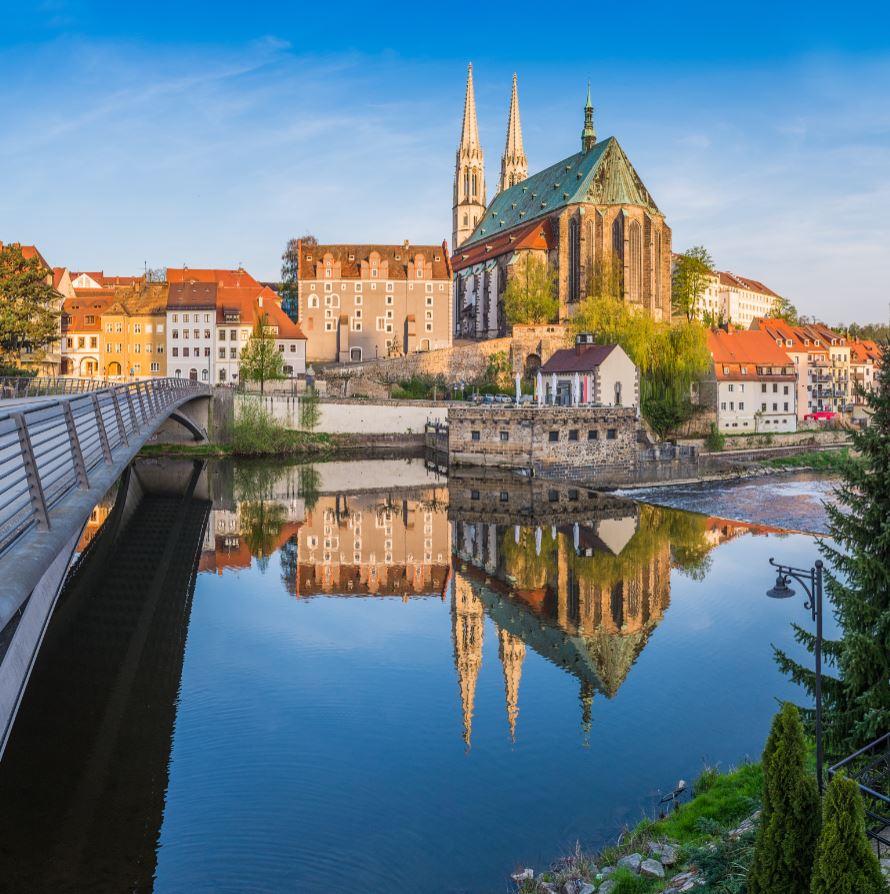

Berlin
The German capital, Berlin, is a lively city steeped in history. There is so much to see and do. Walk under the imposing Brandenburg Gate, visit the Reichstag and Berliner Dom, climb the gigantic Fernsehturm, feel like a king or queen in Charlottenburg Palace or pause at the impressive Holocaust Memorial. Also make time to cycle along the Berlin Wall and stop at Checkpoint Charlie, a former checkpoint during the Cold War. Then stroll along the Gendarmenmarkt or the Alexanderplatz and be overwhelmed by the enormous amount of shops and restaurants where you can enjoy typical German delicacies. Besides the city centre, districts such as Mitte, Kreuzberg and Neukölln each have their own particularities and cosy atmosphere. As you can see, you will never get bored in Berlin! It is an incredibly vast city and it is impossible to see everything in a few days. It is therefore a good idea to travel by underground or even better by bicycle, so you can see a lot more.
Müritz National Park
Meanwhile, we have arrived in the state of Mecklenburg-Western Pomerania. The Müritz National Park is located in the Mecklenburg Lake District, the land of 1000 lakes. This beautiful area of lakes, sandy beaches, marshes and beech forests is excellent for hiking, cycling and kayaking. The National Park is located on the Müritzsee, the largest lake of the area and the second largest lake in Germany after Lake Constance. Around the lake are some nice villages that we encounter on our road trip before we drive into the heart of the National Park. First, we pass the small town of Waren, which has a beautiful historical centre with its coloured half-timbered houses, old churches and town halls. Then, on a spit of land between the Müritzsee and the Kölpinsee, we drive through Klink. Here, the landscape invites you to rent a boat at the marina and go on the water. Finally, Röbel is also worth a visit. The colourful town with narrow streets and a medieval centre lies idyllically on the banks of the Müritzsee.
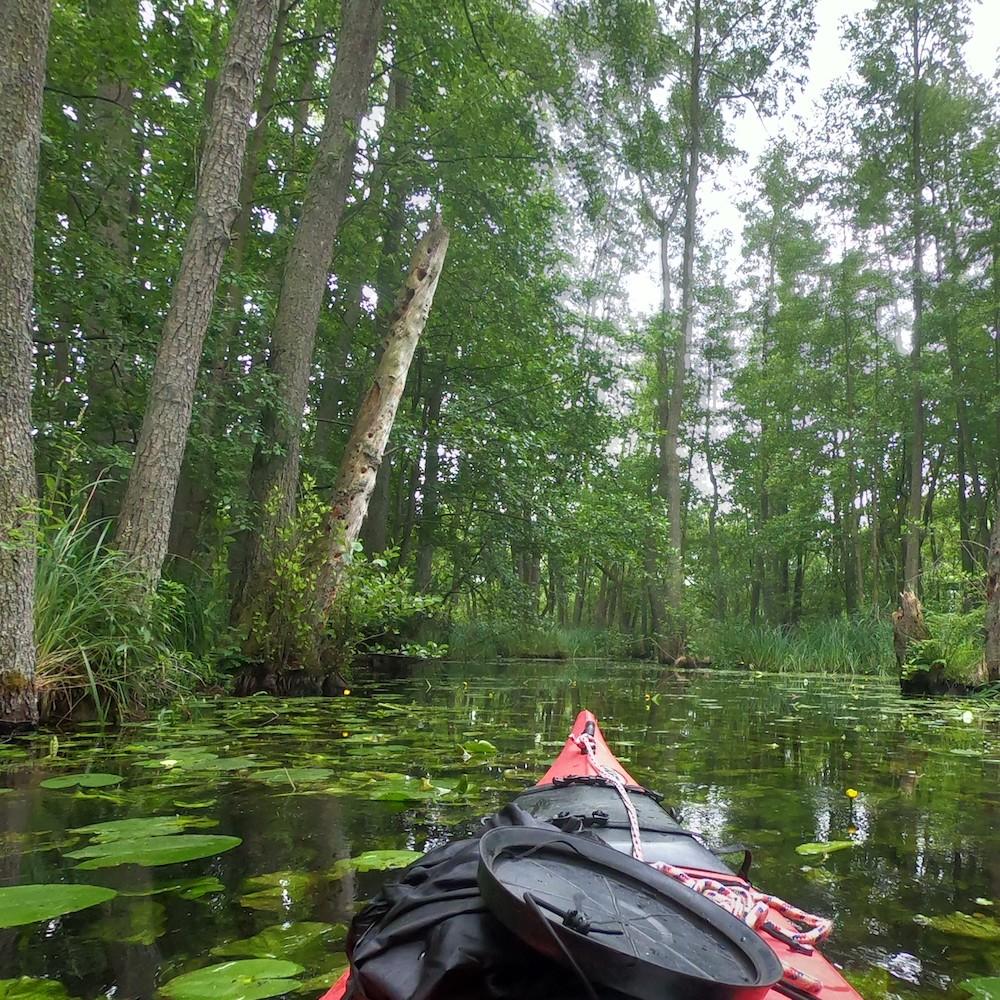
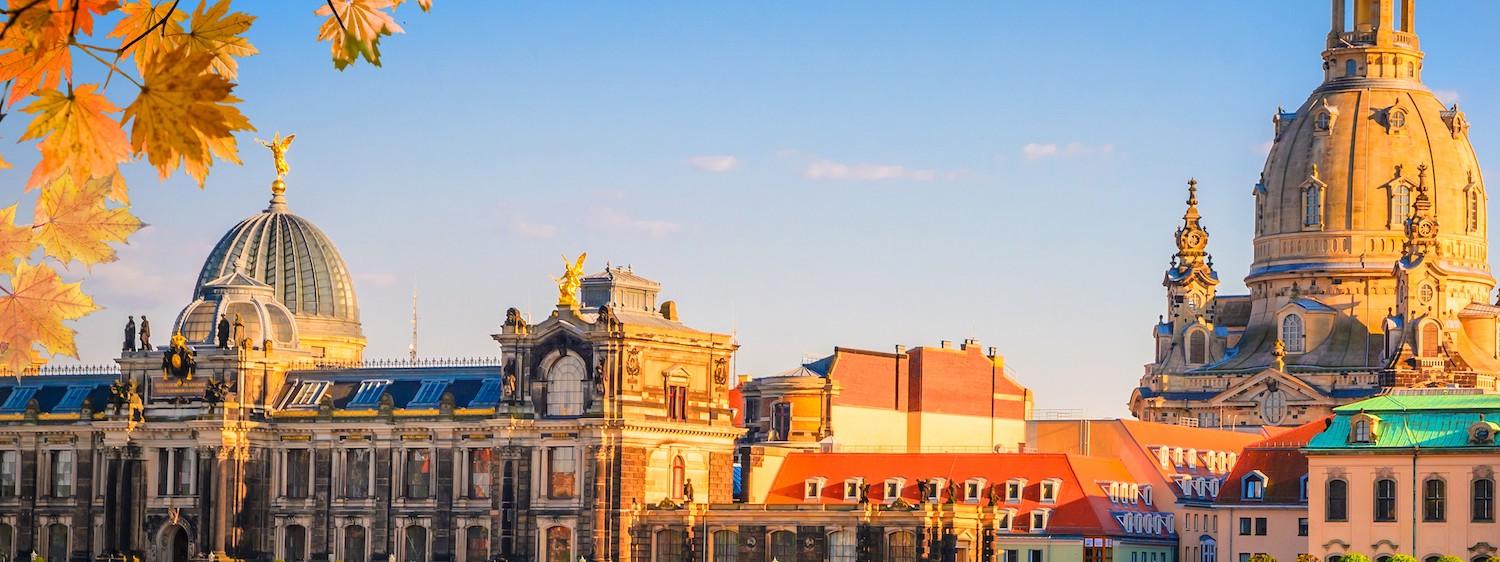
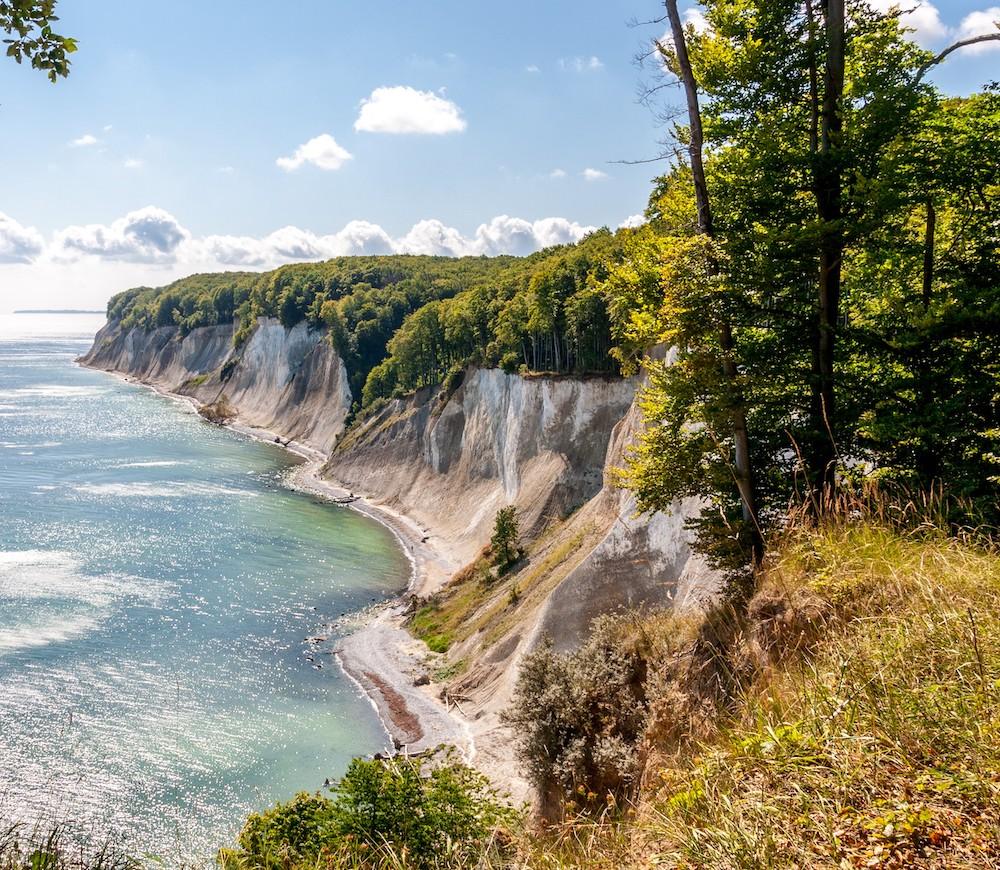
Rügen
From the city of Stralsund, we drive across the bridge to the island of Rügen. Rügen is Germany's largest island and is very popular because of its many beaches and the special nature. If you have a lot of time, you can easily spend a week here. Take a walk through the seaside resort Binz and visit Putbus, the oldest seaside resort with traditional white houses. Furthermore, you can go for a beautiful walk through the island's forests. Those who like to look at this from a surprising point of view can choose the treetop trail, where you literally walk between the tops of the trees. Be sure to visit Jasmund National Park, the smallest national park in Germany, which is very special and has become the hallmark of Rügen over the years. White chalk cliffs like the one in Dover dominate the landscape on our route through southern England over an erratic coastline of about 15 km. This forms a wonderful contrast to the green forests and blue water on the island. The most beautiful spot is the Königsstuhl, the highest rock point, almost 118 m high.
Rügen - Hamburg
The last stop on our road trip through North-East Germany is Hamburg. On the way, however, we pass by three smaller cities that also deserve a stop. The first city we encounter is Rostock. This versatile and colourful city has a centre full of authentic buildings and a little further on, in Warnemünde, there is a wide sandy beach to rest on. Next, we drive towards the harbour town of Wismar, which lies directly on the sea. The medieval centre takes you via small streets full of beautiful facades to some wonderful sights such as the large market square and the town hall. Finally, we pass through Schwerin. This town is surrounded by water, but is not quite an island. There are beautiful buildings on the banks, but also wander through the city centre to discover the small shops and narrow streets. Finally, visit the Schwerin fairy-tale castle and the impressive cathedral.
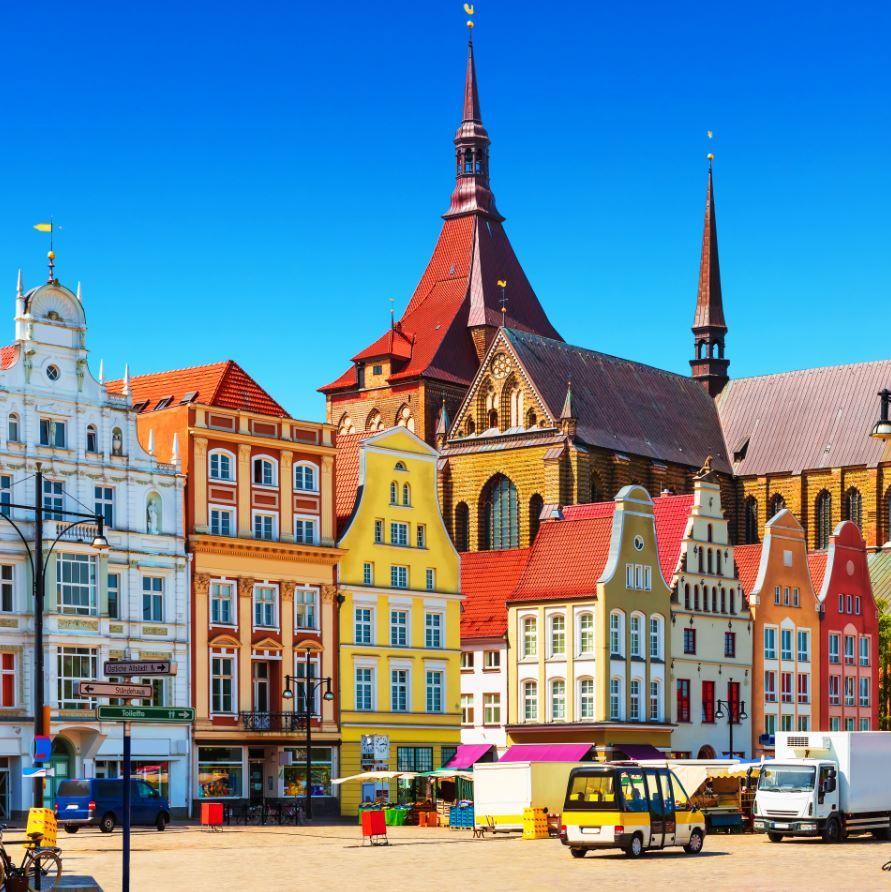
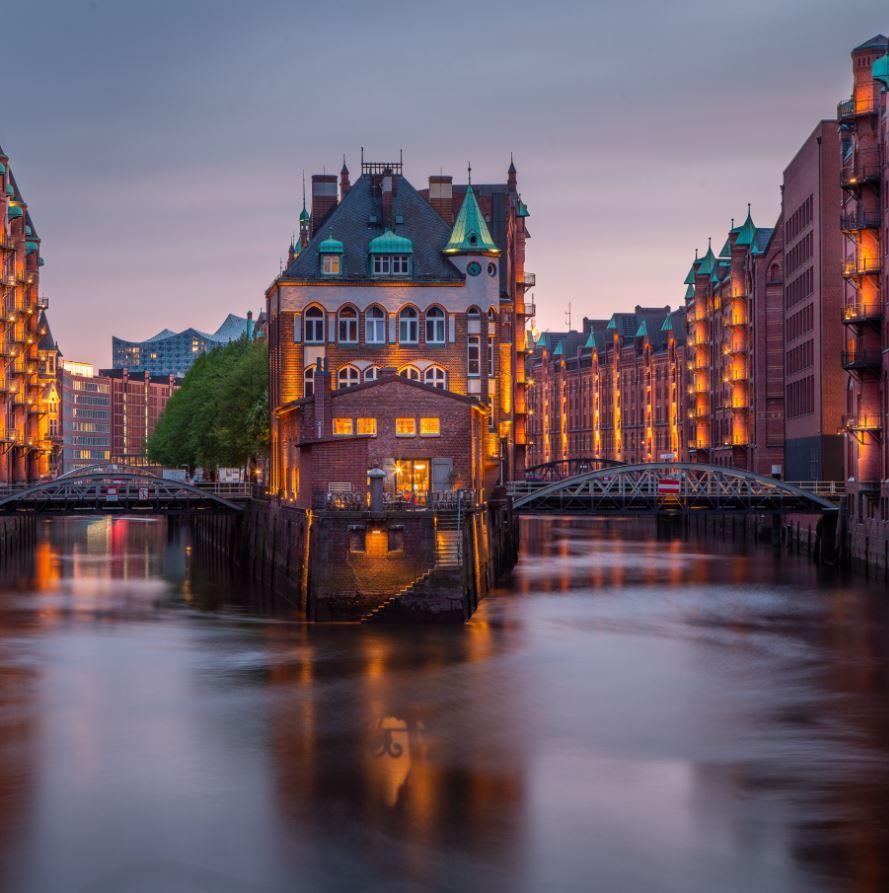
Hamburg
We conclude our road trip in Hamburg, Germany's harbour city. This is not only noticeable in the harbour itself, but also in the inner city, where the architecture and the cries of the seagulls permeate the maritime atmosphere. The River Elbe flows through the city in countless canals, which is why Hamburg is also known as the Venice of the North. By the way, did you know that Hamburg has more bridges than Amsterdam and Venice? It goes without saying that a boat trip here is not to be missed. In the city there is a lot to see, starting with the Pakhuis District. In this district, you will find wonderful places to photograph such as the warehouses, barges and the traditional ship harbour. Visit the Speicherstadt, the Kontorhausviertel and the Chilehaus, all declared World Heritage Sites. The Michaeliskirche, the botanical garden and the Elbphilharmonie also attract many visitors each year.

